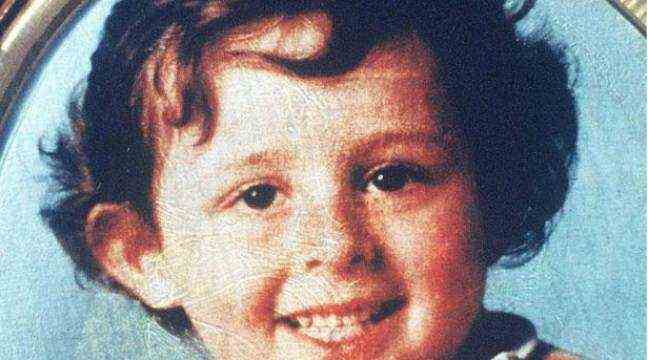It is one of the oldest French “cold cases”. So famous that it has become the subject of a multitude of books, films, documentaries and now a series, A French affair, broadcast this Monday on TF1. The Grégory affair, named after this boy who was murdered in the waters of Vologne in 1984, is far from over. In January, the Dijon Court of Appeal gave the green light for new expertise to be carried out using the rare DNA traces that can be exploited in this case. “Christine and Jean-Marie Villemin have never lost hope,” says one of the couple’s lawyers, Me Marie-Christine Chastand-Morand. Each time, we talk about last-chance expertise, but DNA science is evolving quickly and when new techniques are available to us, we use them. “
After the failure, in 2013, of three series of genetic expertise, the investigators are this time based on two innovative techniques. The first is to determine, from a genetic fingerprint, the color of a person’s hair or eyes. A sort of genetic robot portrait that would guide investigators. But it is on the second method that all eyes are turned: the search for DNA of relatives, a method which in particular made it possible to elucidate, in 2012, the case of Elodie Kulik, a young woman raped and killed for 10 years. previously or to arrest, in 2015, “the rapist of the Sénart forest” for some thirty acts committed between 1995 and 2000.
A broad field of research … but uncertain
“This is a technique that opens up a huge field since we are no longer just looking for an individual in the DNA file, but a genetic profile that shares at least 50% homology” with the person whose DNA was taken for comparison, explains Lieutenant-Colonel Frédéric Brard, head of the central service for the preservation of biological samples from the gendarmerie. In short: we are interested in the family circle to trace the DNA trail. But these expertises prove to be long and tedious, because dozens of names can emerge. Names for which it is always necessary to establish a family tree in order to study any possible relationship with a suspect. “We sometimes find people who have nothing to do with the case,” continues the expert in genetics. Hence the need to thoroughly explore each profile. A work of several months, according to Frédéric Brard.
If DNA analyzes of relatives represent an additional chance, especially in this case where family secrets seem better protected than state secrets, they are however far from infallible. “There is no guarantee, because it is absolutely necessary that the author has a member of his family in the database”, specifies the expert. And to quote an experiment carried out between 2002 and 2011 in Great Britain, one of the most advanced countries in the world on the subject: out of 188 searches carried out, only 41 suspects were arrested. In the Grégory case, however, the Dijon Court of Appeal authorized the DNA sampling of 37 people more or less close to the Villemin family, in order to broaden searches within the generic fingerprint file.
Preservation of the evidence in question
Would the matter have taken a different turn if it had taken place today? “In the Grégory affair, technical and scientific advances would very probably have quickly confused the murderer of the child,” said in his book How much injustice am I guilty of?, the first investigating judge of the case, Jean-Michel Lambert, whose work was extremely criticized. Today, the crime scenes are immediately frozen, the clues carefully manipulated and preserved, so that years later, the exploitation of DNA traces does not pose any difficulties.
But in 1984, France is lagging far behind in forensic science. While Great Britain has some 900 specialists, there are only 35 in France. “At the time, we relied above all on testimonies to advance the investigations, remembers the captain of the gendarmerie Etienne Sesmat, who supervised the investigations from the kidnapping of the child. We were little, if at all, trained in all the scientific techniques, we were clumsy in protecting certain central parts of the file. Starting with the letter from the crow claiming the murder of Grégory. “She was brushed with black powder to take the fingerprints. That’s how it was done at the time, but it was severely damaged. “
“We do not despair that one day people will speak”
So how can we be sure that even if the DNA comparison is successful, it does not lead to the profile of a person who handled the seals without taking the necessary precautions? “The job of the experts is to say who owns the track and possibly how it got there. The question of contamination may then arise ”, specifies Lieutenant-Colonel Frédéric Brard. At the same time, new analysis techniques are being developed – experts can now say, for example, whether the individual was a smoker, lived in a polluted area or carried a disease – but these are not for time not allowed in France.
Could the assassination of little Grégory remain a “cold case”? Doubts are allowed. In this case, time plays its part. Some of the protagonists are dead. In addition to Bernard Laroche, assassinated by Grégory’s father in 1985, Monique Villemin, the child’s grandmother, suspected of knowing more in this affair than she never wanted to say, died the year latest. “We obviously hope a lot from science but we do not despair that one day people will speak”, assures the lawyer of the Villemin family.

